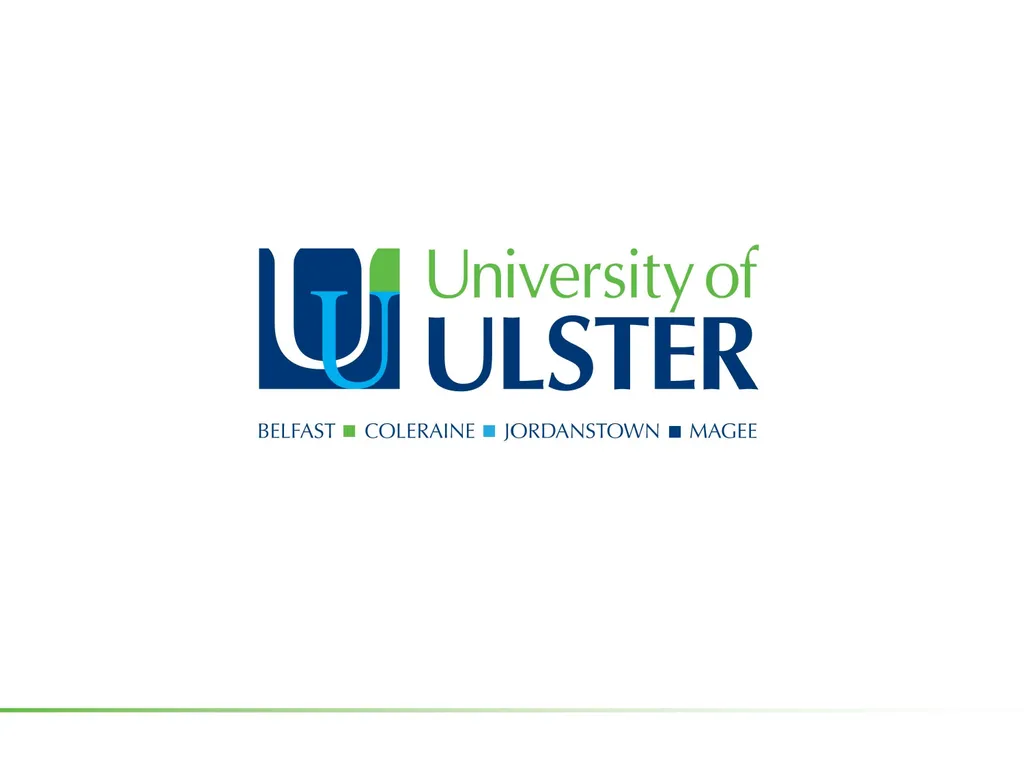Prime versus Secondary Real Estate – No guts No
Author : alida-meadow | Published Date : 2025-05-14
Description: Prime versus Secondary Real Estate No guts No glory Taking Calculated Risks Berry JN1 Lim LC1 and Sieracki KA2 1 University of Ulster Built Environment Research Institute 2 Kaspar Associates and Visiting Professor University of
Presentation Embed Code
Download Presentation
Download
Presentation The PPT/PDF document
"Prime versus Secondary Real Estate – No guts No" is the property of its rightful owner.
Permission is granted to download and print the materials on this website for personal, non-commercial use only,
and to display it on your personal computer provided you do not modify the materials and that you retain all
copyright notices contained in the materials. By downloading content from our website, you accept the terms of
this agreement.
Transcript:Prime versus Secondary Real Estate – No guts No:
Prime versus Secondary Real Estate – No guts No glory Taking Calculated Risks Berry, JN1; Lim, LC1; and Sieracki, KA2 1 University of Ulster, Built Environment Research Institute 2 Kaspar Associates and Visiting Professor, University of Ulster 18th European Real Estate Society Conference, 15-18 June 2011, Eindhoven Contextual background Downturn phase all property goes down at the same time Recovery phase sees divergent returns across market segments/sectors in prime and secondary properties This presentation/paper highlights these differences investigates performance characteristics discusses buy and sell decisions of institutional investors Contextual background Impact of economic downturn on prime properties Demand and supply constraints Lack of institutional grade stock Divergence across sectors Secondary locations decreasing in importance Prime stock becoming more difficult to source Investors forced up the risk curve Tensions in the decision making process Impact on buying & selling of prime & secondary product Contextual background Decision making behaviour of institutional investors Targeting prime commercial UK real estate – risk adverse Maximising risk adjusted returns Seeking diversification potential including Quality real estate stock Tenant covenant strength Lease structure Income growth/revenue streams Investing in the dynamics of London property investment market Contextual background Prime is the most sought after from both the occupier and the investor with secondary stock lagging. Demand from both occupiers and investors has been selective due to the volatility and uncertainties of real estate markets. Lease length is an important factor in determining price with longer unexpired term showing higher capital values relative to shorter unexpired lease terms. Lack of new development constrains the supply side making improved secondary stock more attractive at a relatively higher price. Contextual background There are areas which the fund manager can exploit to make money. London is a global city which sustains demand for Central London offices and retail. This momentum can benefit secondary product that can be refurbished, let and then sold. There is a lack of new development which puts the squeeze on space, making improved secondary more attractive at a relatively higher price. Definition The simple definition of ‘secondary’ is that it is not ‘prime’ property (Sieracki, 2000) Prime property can be defined on the basis of the high quality of tenant covenant, the building and the location. The definition will vary between regions and by property types so the data needs to be divided into sub-sectors. Definition Lack of clarity in the differentiation between ‘prime’ and ‘secondary’ property














